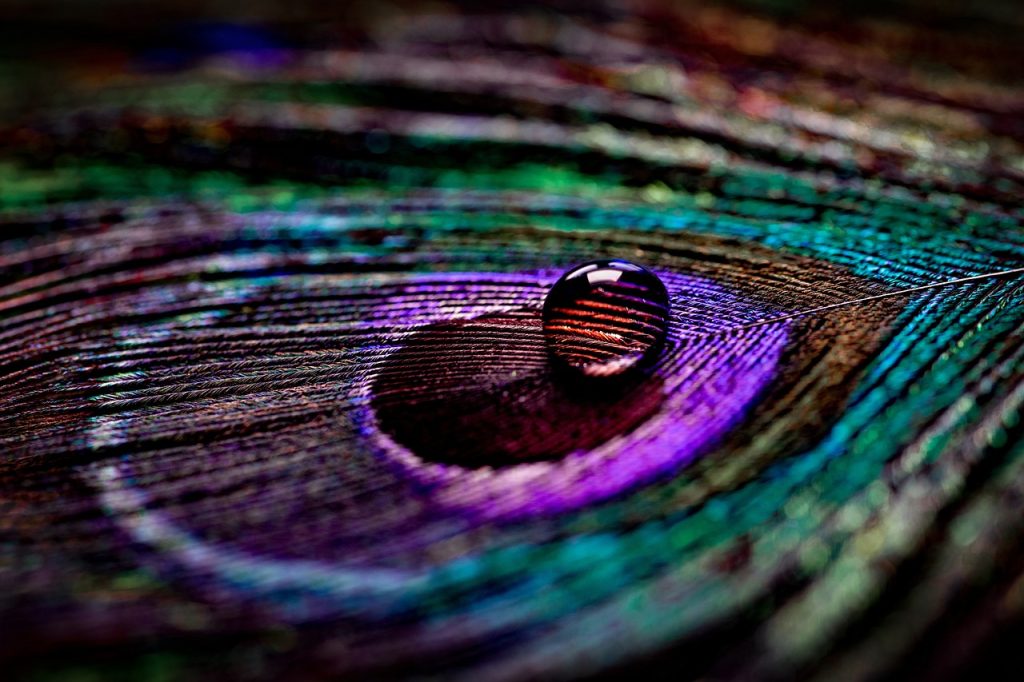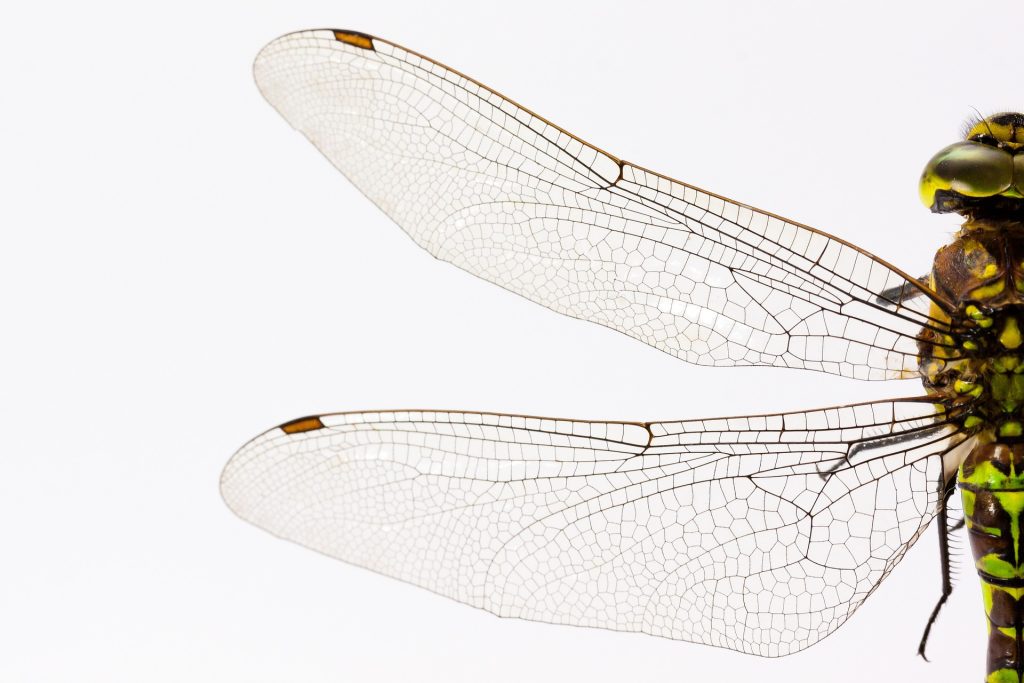Biomimicry, the practice of drawing inspiration from nature to develop sustainable technologies, is a transformative approach to design. Co-founder of the Biomimicry Institute and biologist Janine Benyus defines biomimicry as the “conscious emulation of life’s genius.” It is about intentionally learning from living organisms to address human challenges while considering the earth’s finite resources. Biomimicry enables the creation of innovative products, processes, and systems by offering a shift in perspective and the discovery of novel solutions to complex problems.
Other terms for design approaches leveraging biology for solutions include nature-inspired and bio-inspired design. Biomimicry stands out for its emphasis on learning from living systems to achieve sustainability. There are hundreds of examples of inspiring projects that use biomimicry to solve problems in a novel way. In this article we introduce the key principles of biomimetic design, outline a methodology for a biomimetic approach to design, and share some tools to get started.

Function First
Unlike designs that merely take the form of nature or reflect a love of nature, biomimicry is focused on learning from how nature performs various functions. This means looking deeply at behaviors in nature to understand how different organisms survive in their preferred environments. In the world of biomimicry, an adaptive function of an organism is called a biological strategy.
When beginning a biomimetic design project, it is critical to identify the function needed to address the issue. The designer asks what their design needs to do, rather than identifying the category of product they are making or considering the form first. They abstract the function in order to translate it into a question they can ask of nature. If their design needs to climb vertical surfaces, they turn to nature and ask, “How do organisms in nature climb vertical surfaces?”
Thinking in systems
There are often many solutions to the same problem in nature, and part of the art of biomimicry is identifying a biological strategy that suits the context of the design project. Identifying conditions of the strategy that align with the conditions of the human design problem ensures strong potential for a biomimetic solution. This context-based approach aligns with a push for systemic thinking that underpins biomimicry as a design method.
Both nature and civilization run on complex systems, and issues that arise are often due to system failure. Solving these issues requires the consideration of the system as a whole, and designers are encouraged to address any design problem with a systemic mindset. Systems have boundaries, sub-systems, or system components, and super-systems, or systems in which the system is embedded. Thinking in systems allows the designer to see that any issue is really a constellation of issues, revealing many potential points for intervention.

The Biomimicry Design Spiral
The Biomimicry Institute has developed a widely adopted methodology for biomimicry, the biomimicry design spiral. The spiral outlines six steps to use nature as a problem-solving guide. While they appear in a specific order, most teams find that they jump around over the course of the design process, revisiting steps again and again. Below is a summary of the steps. See the Biomimicry Toolbox for more details on the process.
- Define the challenge
The Define step is much like the early phases of any design process, and involves researching the issue to identify the goals for the project. What will the design DO? Whose problems will it address? What is the context of that problem? Articulating the desired impact of the project clearly is a crucial first step.
- Biologize function and context
The Biologize step is about identifying the key questions that will ground the next research phase. These questions ask, “how does nature do X?” In the biologize step, the designer develops a series of these ‘ask nature’ questions that pertain to their issue, reflecting on analogous behaviors displayed by organisms throughout nature.
- Discover biological strategies
The Discover step is about gathering information to answer the questions developed in the previous step. The designer researches widely and creatively to learn how nature has solved the problems best aligned with their design problem. The institute’s Ask Nature tool is a great resource for this stage, as is reading scientific literature.
- Abstract design strategies
The Abstract step is about breaking down the biological strategies found in the Discover phase to identify the specific features and mechanisms that make them successful. This is an especially challenging step in the process, and involves deeply understanding the biological strategy such that it can be abstracted or translated into a design strategy. Sketching and drawing diagrams can help with this. The designer reframes how the strategy works without biological references.
- Emulate nature’s lessons
The Emulation step is essentially where the design ideation finally happens. This is where the designer translates the abstract strategy into a concrete solution. Typically many avenues would be explored in this phase, and the designer would ideate in many directions to exhaust the possible applications of everything they have learned in the biomimicry process so far. This is a good time to revisit the original design question and verify that the design function identified at the first stage of the process is still at the heart of the project.
- Evaluate fit and function
The Evaluate step is about verifying the strength of the design solution. This includes determining how effectively it addresses the target issue as well as assessing whether or not it is regenerative, sustainable, circular, and otherwise behaves like a solution in nature. Thinking systemically is useful throughout the process, and especially critical here. Prototyping to validate the solution is important at this stage, even if at a low fidelity. Creating storyboards to outline how the user interacts with the solution can help identify strengths and weaknesses. Getting feedback from experts is also recommended.

Sustainable Innovation
The challenges of our planet need fresh, innovative thinking. Proponents of biomimicry acknowledge that nature has been solving problems with elegant simplicity for millennia. In this methodology, nature plays the role of an endless well of brilliant solutions waiting to be identified and harnessed for a better future. Sustainable innovation is difficult, but a worthy challenge to designers everywhere. Biomimicry is unique from other bio-inspired design approaches, and a powerful tool in a designer’s toolbox. With a focus on understanding and emulating nature’s strategies, biomimicry offers a pathway to creating designs, materials, and technologies that align with the complex living systems of our planet, supporting a life-friendly world. For more information on learning about biomimetic design, check out biomimicry.org and learnbiomimicry.com.
Sign up for our newsletter and follow us on Instagram and LinkedIn for design news, multi-media recommendations, and to learn more about product design and development!





